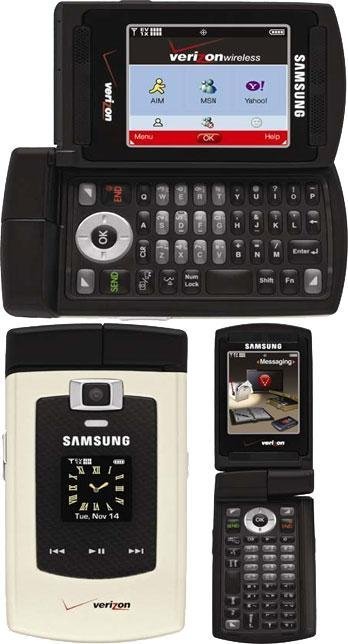

I agree and am surprised that this isn’t more in demand. I like matrix.org and use it as a regular messenger for people that I’ve convinced to use it. But it is dependent on people hosting their own instances, or using the official public one (for free).
They do have a “peer to peer” matrix experiment that I’ve heard about but it was in its early stages when I last looked at it: https://matrix.org/blog/2020/06/02/introducing-p2p-matrix/








Thanks, this is something I was considering. I’ve always wanted to dive into the code for something like VLC or Firefox, but I feel like it would take a while before it becomes fun. I still plan on doing it when I feel like I have more free time. Maybe I need to find simpler projects.
I guess in this post I was hoping for something that could have meaningful progress made in a few hours, without a ton of ramping up time. Maybe that doesn’t exist?